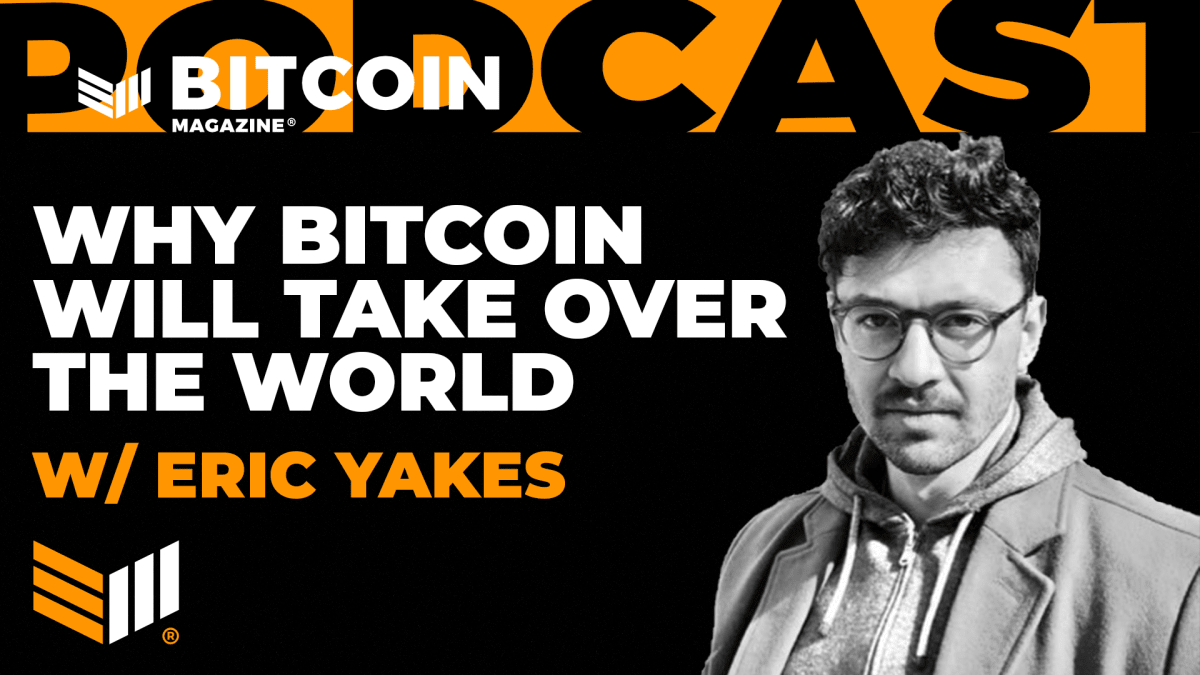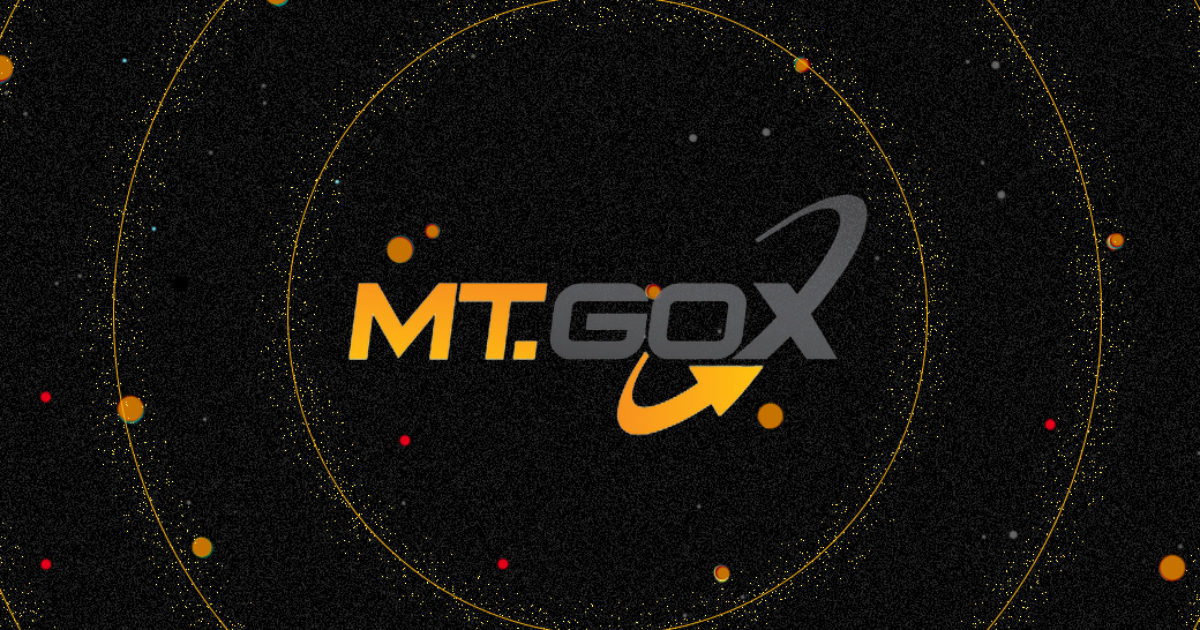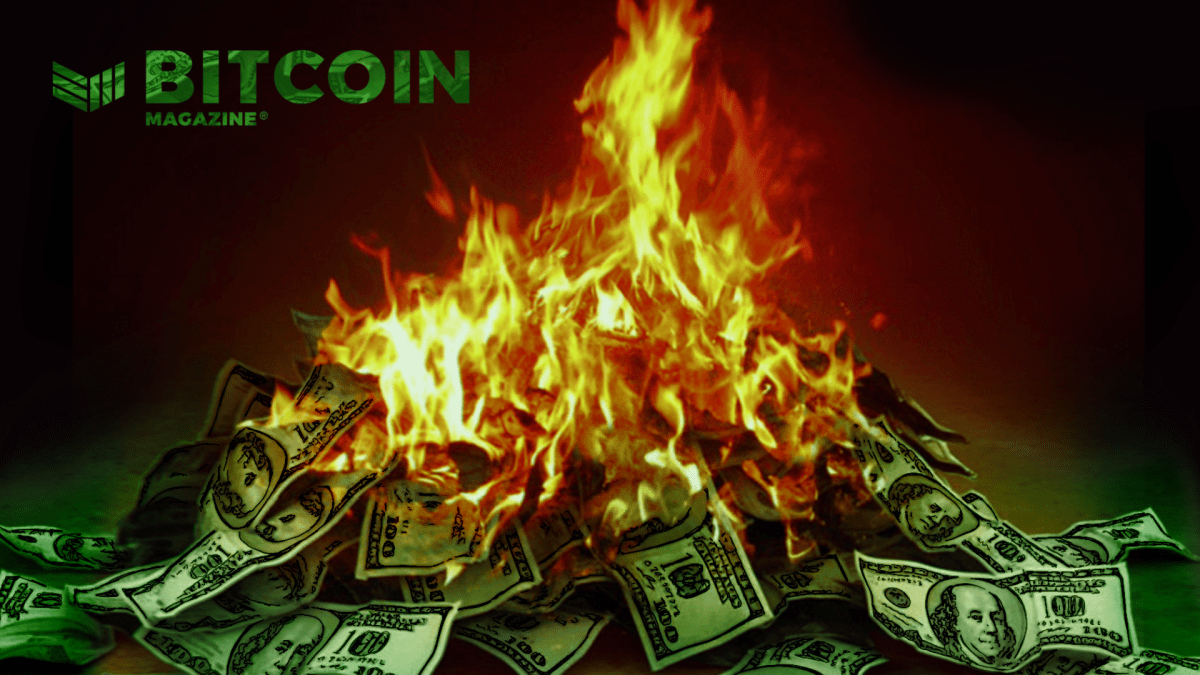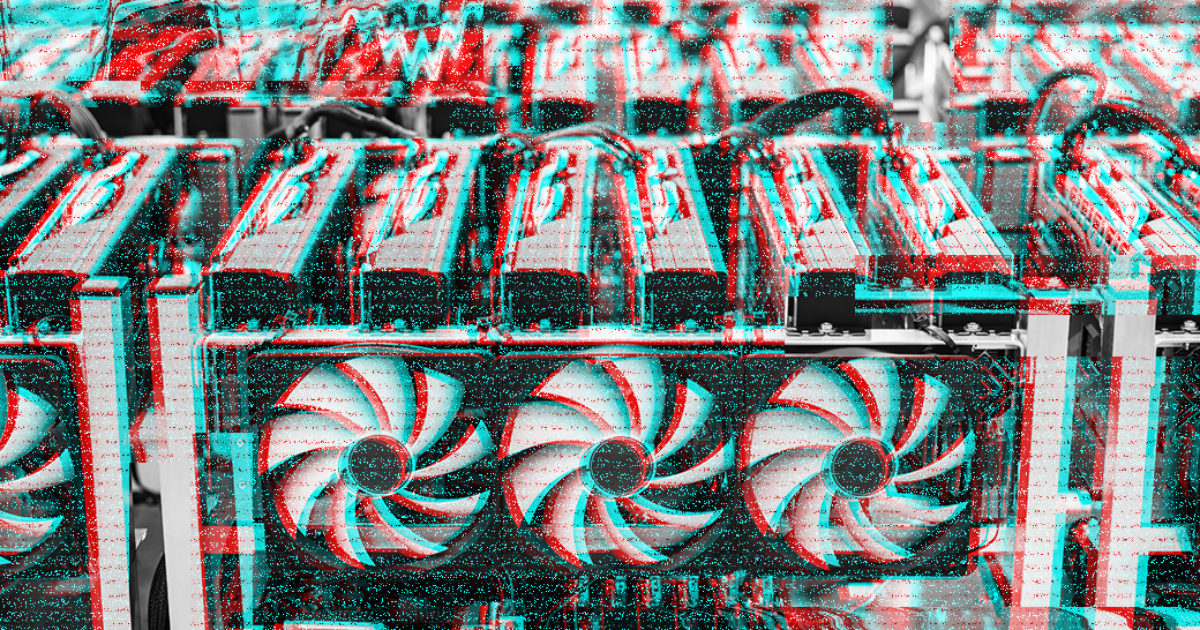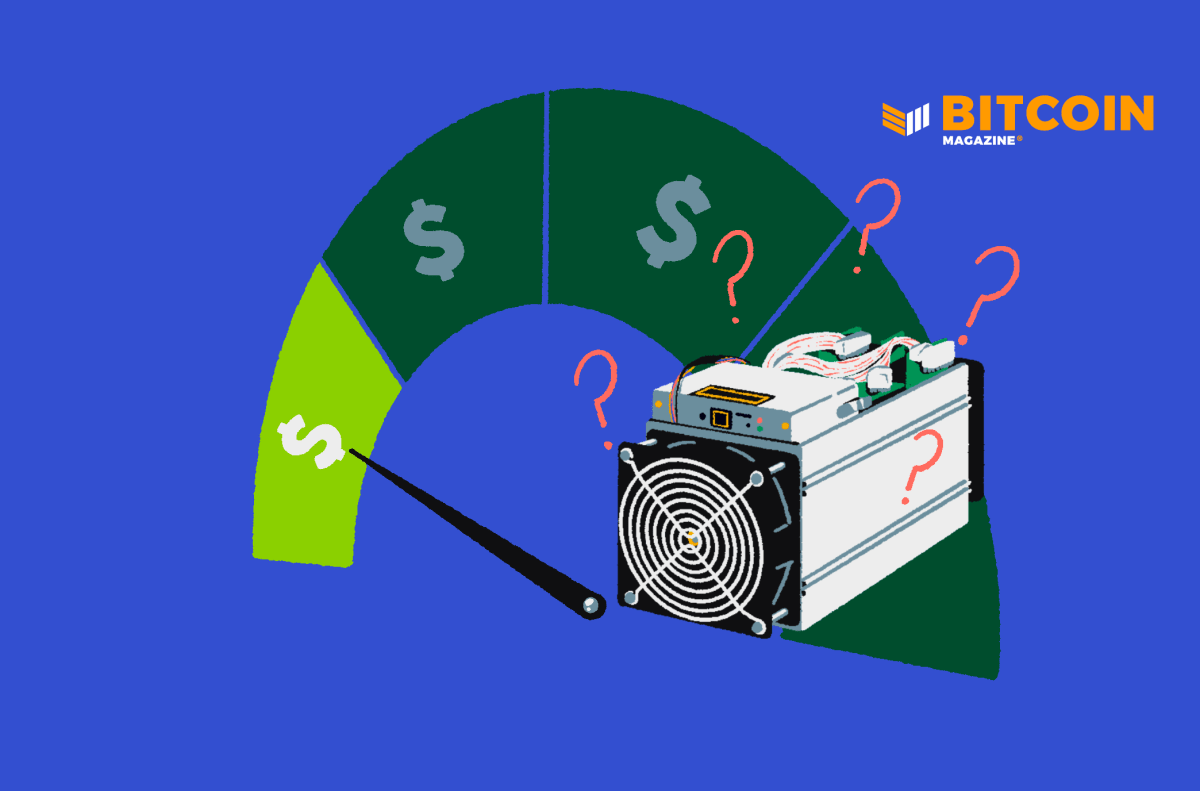Valuing The Bitcoin Network Instead Of The Asset
Bitcoiners, assemble! Attribute value to not only satoshis the asset, but also Bitcoin the network!
This is an opinion editorial and transcript by Will Schoellkopf, host of the “It’s So Early!” Bitcoin podcast.
Bitcoin Magazine contributor Stephen Chow transcribed a Bitcoin podcast episode of “It’s So Early!” between host Will Schoellkopf and fellow Bitcoin Magazine contributor Mark Maraia. They introduce their new Telegram group where they’ve created a market for Bitcoiners to include in their transactions with each other a satoshi value for not only the product/service they are buying, but also a satoshi value to each other acknowledging the privilege of transacting over the Bitcoin network. The following transcript has been edited for brevity.
Will Schoellkopf: Our group is called #250satsperdollar, and Mark you’ve had the honor of giving the first few messages in the Telegram group. If you could please read aloud what you have written in the group just so people can have a sense of the Telegram channel?
Mark Maraia: I’d be happy to. So it says, “Welcome to this group!” Anyone in this group agrees that the Bitcoin network and protocol is worth 250 sats per dollar — that’s sort of the intro. The other thing that I think you and I have talked about is that we’re going to all agree in this chat — that’s just you and I right now — that the unit of account is sats, not bitcoin. And anyone is welcome to post any transaction that they have done where the parties have valued the Bitcoin network and protocol at the amount of 250 sats per dollar. You’re also welcome to make an offer for either products or services for that valuation as well. And the reason, by the way, why sats is our unit of account is: sats reduces the confusion between small-b bitcoin and capital-B Bitcoin, which is the network. It also allows you and I to unilaterally — because it’s a permissionless network — value the Bitcoin network at whatever we agree to as a meeting of the minds. I also think it allows the well-informed and the best-informed Bitcoiners to actually establish a market where they all agree that the Bitcoin network equals or has a 250 sats per dollar value. So we can do that, whether it’s just you and I for the next five years, or if 50 people want to join us this month, I don’t care. I think it’s a market that’s now sitting on our phone and we’ll see where it goes from there. I think it’ll be fun. I appreciate you helping me set it up.
Will Schoellkopf: So for example you have an offer for one 2’ x 3’ replica of the Declaration of Monetary Independence (DoMI) for sale.
Mark Maraia: So that’s something that actually cost me $30 to print. I actually printed off a bunch of them. They’re nice and thick, they’re really high quality, they look like colonial style writing. They’re exact replicas of the 9’ x 12′ version that was signed by thousands of Bitcoiners at the Bitcoin 2022 conference in Miami, so I am making one of those available at 7500 sats, so I’m willing to put my sats where my mouth is by letting go of — parting with — one of these exact replicas for that sat amount.
Will Schoellkopf: $30 times 250 (sats per dollar) is 7500 sats.
Mark Maraia: Correct.
Will Schoellkopf: So that’s where the price comes from. So the question that I have is: let’s say five years from now we’re at the Bitcoin 2027 conference, you do the 2’ x 3’ foot DoMI poster again, but this time, because the printer store still doesn’t take satoshis, this time the printer store says the same poster will cost forty dollars to print instead of thirty dollars to print. Five years from now is the price you would ask for in this Telegram group 10,000 satoshis instead of 7500 satoshis?
Mark Maraia: Asking me what I’m gonna do five years from now is tricky because the price of Bitcoin will have changed. I think at some point the market will more fairly value the Bitcoin network and protocol. The whole point of this chat is that you need a meeting of the minds. I was a practicing lawyer for about seven years, and what you learn in law school is: you have no agreements until there’s a meeting of the minds. All right, so you and I did the first 250 sats for valuing the Bitcoin network and protocol with your book, so you got nothing for the book but you got paid for the network. We can do a transaction for your book tomorrow that could be different than that, or a year from now, or five years from now.
Mark Maraia: Again, any two parties can agree to the value of the network, and they could even start their own Telegram channel for that valuation. And the more every single currency in the world is in a race to zero, the higher probability that the asset is going to move up to bigger numbers.
Will Schoellkopf: That’s separate from valuing the network, right?
Mark Maraia: It’s completely a separate issue.
Will Schoellkopf: So the big thing that’s interesting to me is people say “bear markets are for builders,” so even as satoshis (the asset) goes down in price, the network is only getting bigger and stronger. I’m pursuing not only having a Bitcoin Core or a Bitcoin full node but also a Lightning node, so that’s being bullish on the network getting bigger, stronger and more decentralized, even as the asset goes down in price. So really associating a value for the network more than just the asset.
Mark Maraia: I don’t want the satoshi number to go up against the dollar — I want it to go down. That starts to fry people’s brains because we’re used to thinking about investing. No! This is purchasing power! This is saving! I want a satoshi today to have more purchasing power in a year or 10 years or five years, and I am very confident — if I hang on to my satoshis for five or 10 years — I’m very confident it’s going to hold its value better than any other currency on the planet. I’m very confident of that.
Will Schoellkopf: Very cool. So that’s why if someone wants a copy of your signed poster, they need to have a meeting of the minds, they have to value the network as you do if they want to have that poster.
Mark Maraia: Correct, for that price.
Mark Maraia: I believe — and I think you agree with me — that the best way to maintain and preserve purchasing power is through satoshis and the network that it runs on that’s run 13 years almost perfectly with no downtime and has never been hacked is the Bitcoin network and protocol. Well that includes the developers. What we’re saying to those developers, what we’re saying to every volunteer who’s running a node, who’s mining — there are some miners who are probably not earning any block rewards, they literally aren’t part of a pool, but they’re still securing the network. I want to send the message, to the World Economic Forum, to every central banker on the planet, to the Bank of International Settlements: Hey look, I value this network at this amount.
Will Schoellkopf: There’s no company on Earth that could do this. Even Western Union can’t move value like this — this quickly, easily, safely, securely and with no permission — so of course it’s completely undervalued.
Will Schoellkopf: What would you say to anyone who thinks it’s too late to get started in Bitcoin?
Mark Maraia: It is so early. Because nobody understands — I wrote an article for Bitcoin Magazine and I quoted Jameson Lopp: “Nobody Understands Bitcoin And That’s Okay.” So right now there’s a beautiful arbitrage moment for anybody having the courage to do the homework and get into Bitcoin. And if you do and you have a willingness to hold on to it for at least five years against any currency — all of which are going to zero — you are going to be well rewarded as long as you don’t need to live on it and you don’t use leverage to get it.
Will Schoellkopf: All right, you hear what Mark Maraia says? It’s so early! Thank you Mark for coming onto the show.
Mark Maraia: You are more than welcome, it was a lot of fun. Hopefully we’ll do it again.
This is a guest post by Mark Maraia. Opinions expressed are entirely their own and do not necessarily reflect those of BTC Inc. or Bitcoin Magazine.



